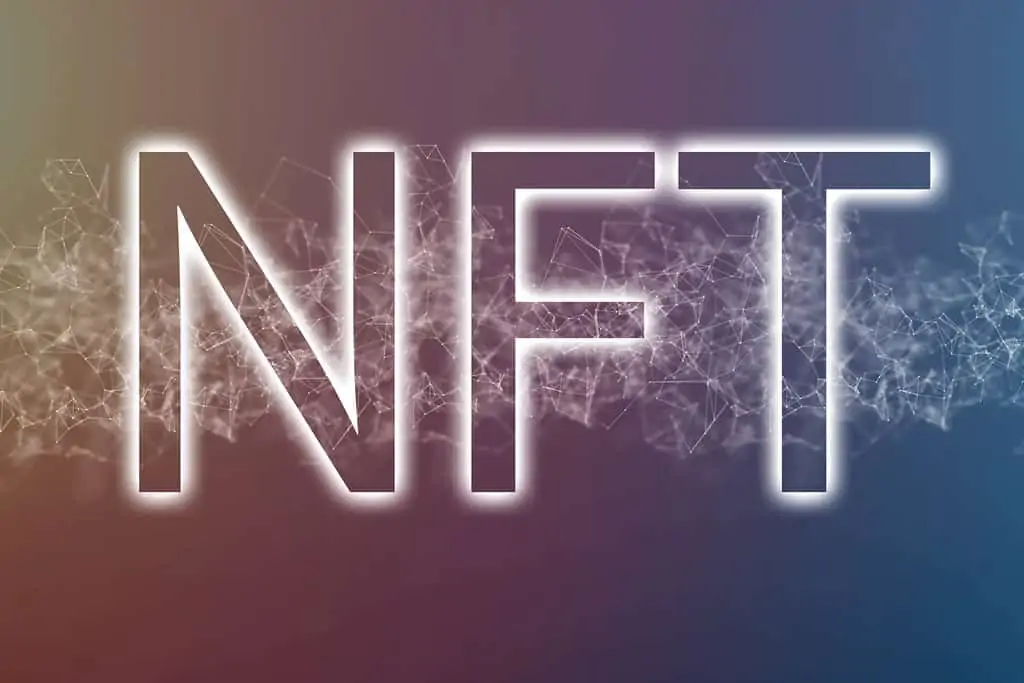Introduction to NFTs
NFTs, or non-fungible tokens, have taken the world by storm. But what exactly are they? In simple terms, NFTs are unique digital assets that can be bought, sold, and owned, just like physical items. However, unlike physical items, NFTs exist on the blockchain, which makes them secure, transparent, and easily transferable.
What is an NFT?
An NFT represents ownership of a specific digital item or piece of content. This could be anything from artwork, music, videos, virtual real estate, or even tweets. Each NFT is unique, and its ownership is recorded on a blockchain, typically using Ethereum. This means that the ownership and transaction history of an NFT can be easily verified and cannot be forged or duplicated.

How do NFTs work?
NFTs are created using smart contracts, which are self-executing contracts with predefined rules. These smart contracts define the ownership and transferability of the NFT. When you purchase an NFT, you are essentially buying a digital certificate of ownership that is stored on the blockchain. This certificate can then be transferred to another person, just like you would transfer ownership of a physical item.
The benefits of NFTs
One of the main benefits of NFTs is the ability to prove ownership and authenticity of digital assets. This has opened up new opportunities for artists, musicians, and creators to monetize their work. NFTs also allow for direct peer-to-peer transactions, eliminating the need for intermediaries such as galleries or record labels. Additionally, NFTs enable artists to earn ongoing royalties whenever their work is resold, providing them with a sustainable source of income.
NFT use cases
NFTs have found applications in various industries. In the art world, NFTs have revolutionized the way digital artwork is bought and sold. Artists can create limited edition digital art pieces and sell them directly to collectors, bypassing traditional art galleries. NFTs have also been used in the music industry, enabling artists to release exclusive songs or albums as NFTs. Virtual real estate and virtual goods in video games are another popular use case for NFTs.

NFT marketplaces
There are several NFT marketplaces where you can buy, sell, and trade NFTs. Some of the most popular ones include OpenSea, Rarible, and SuperRare. These marketplaces offer a wide range of NFTs, from digital art to virtual real estate. When buying an NFT, it’s important to do your research and verify the authenticity of the item. Look for NFTs that are created by reputable artists and have a proven track record.
Investing in NFTs
Investing in NFTs can be highly lucrative, but it’s also important to approach it with caution. NFT prices can be highly volatile, and there is a risk of losing your investment. It’s crucial to do thorough research and understand the market before investing. Look for NFTs that have a strong community, a proven track record, and potential for long-term value. Diversify your portfolio and don’t invest more than you can afford to lose.
The future of NFTs
The future of NFTs is bright and full of potential. As more artists, musicians, and creators embrace the technology, we can expect to see a wider variety of NFTs and use cases. NFTs have the potential to revolutionize the way we think about ownership and value in the digital world. They also have the power to empower artists and creators by providing them with new ways to monetize their work and connect with their audience.
Challenges and concerns surrounding NFTs
While NFTs offer exciting opportunities, there are also challenges and concerns that need to be addressed. One of the main concerns is the environmental impact of NFTs. The current process of minting NFTs on the Ethereum blockchain consumes a significant amount of energy, which has led to criticism from environmentalists. Another concern is the potential for fraud and copyright infringement. As the popularity of NFTs grows, it’s important to establish clear guidelines and regulations to protect artists and buyers.



